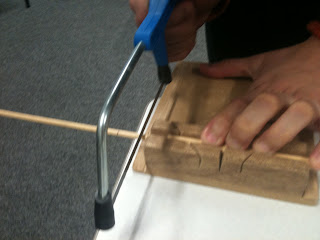Pictorial Poster

After having been a task to design a pictorial poster to advertise coming to visit Plymouth we began by asking ourselves what a poster is in one word, and came up with answers such as visual, concise, propaganda and informative. Other definitions that came up were any piece of printed paper designed to be attached to wall or vertical surface and uses text and graphics – sometimes just one or the other. We then looked at the purpose of a poster and came up with answers such as to convey meaning, instructional, to request, to protest and for advertising purposes. When researching what components make a poster I found that Aristoff stated ‘A less-is-more principle remains a reasonable assumption: the fewer informative elements used, the more appealing and effective the poster’. This is regarding the composition and visual elements in particular and means that to create an effective poster you do not need to overcrowd it; just one significant image is enough with a catchy slogan or





